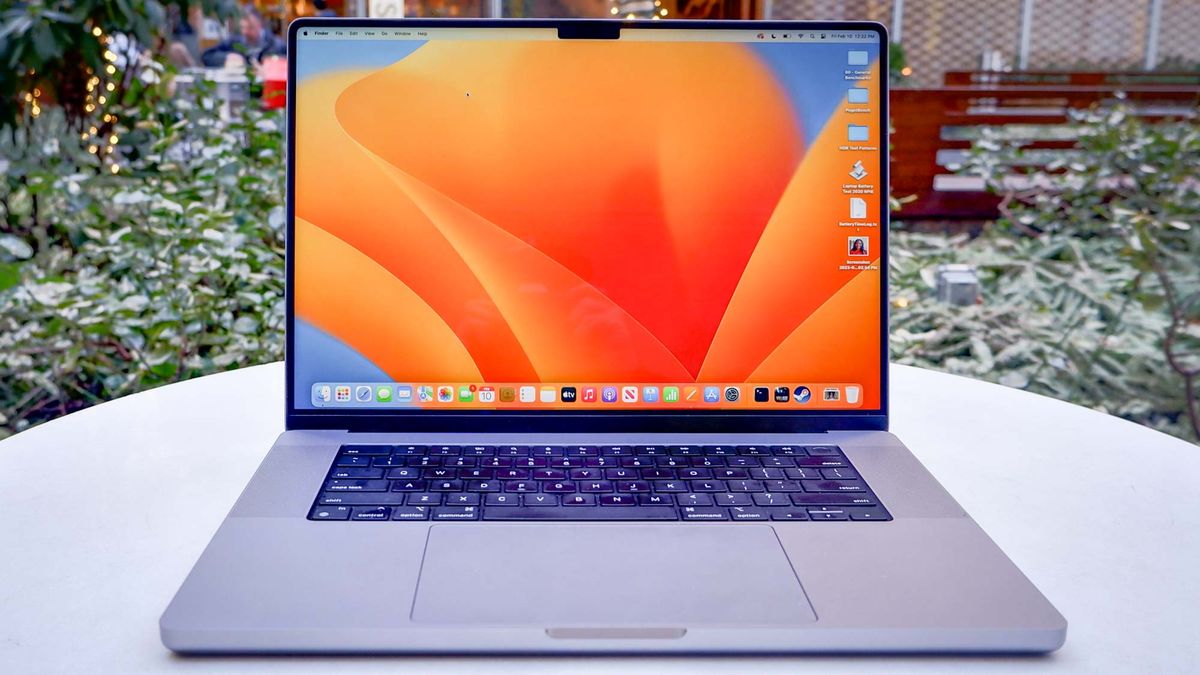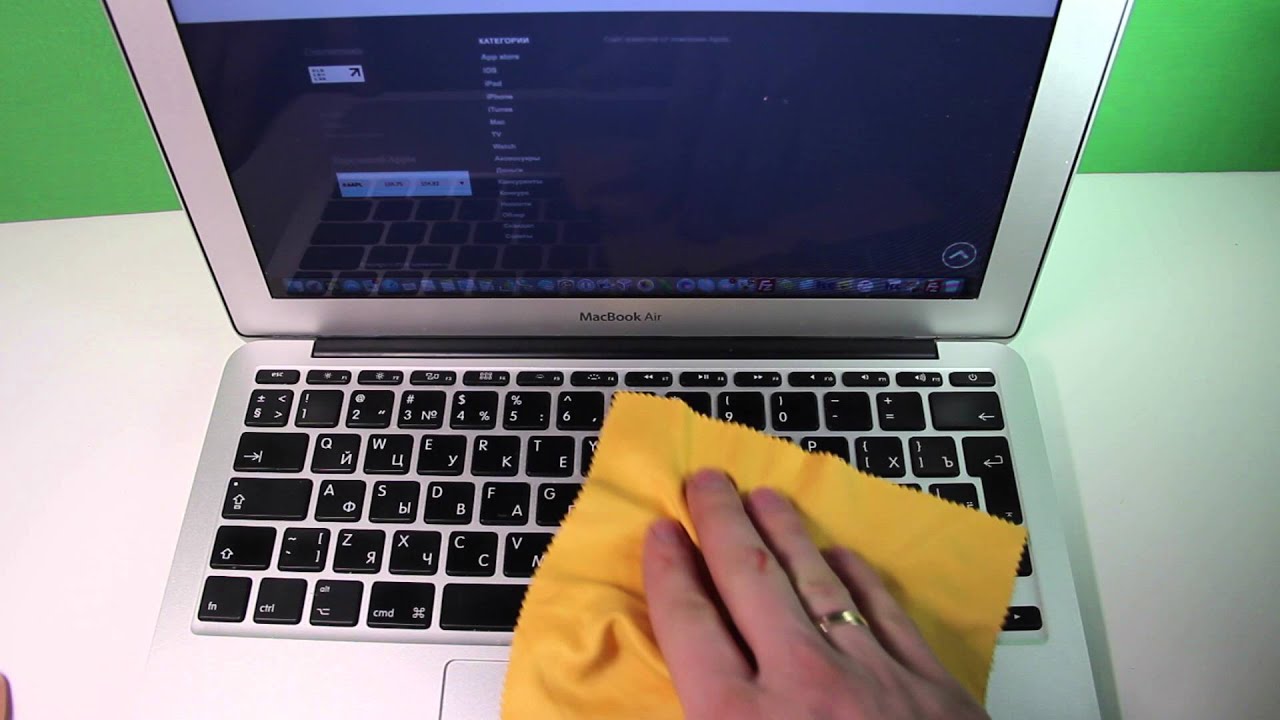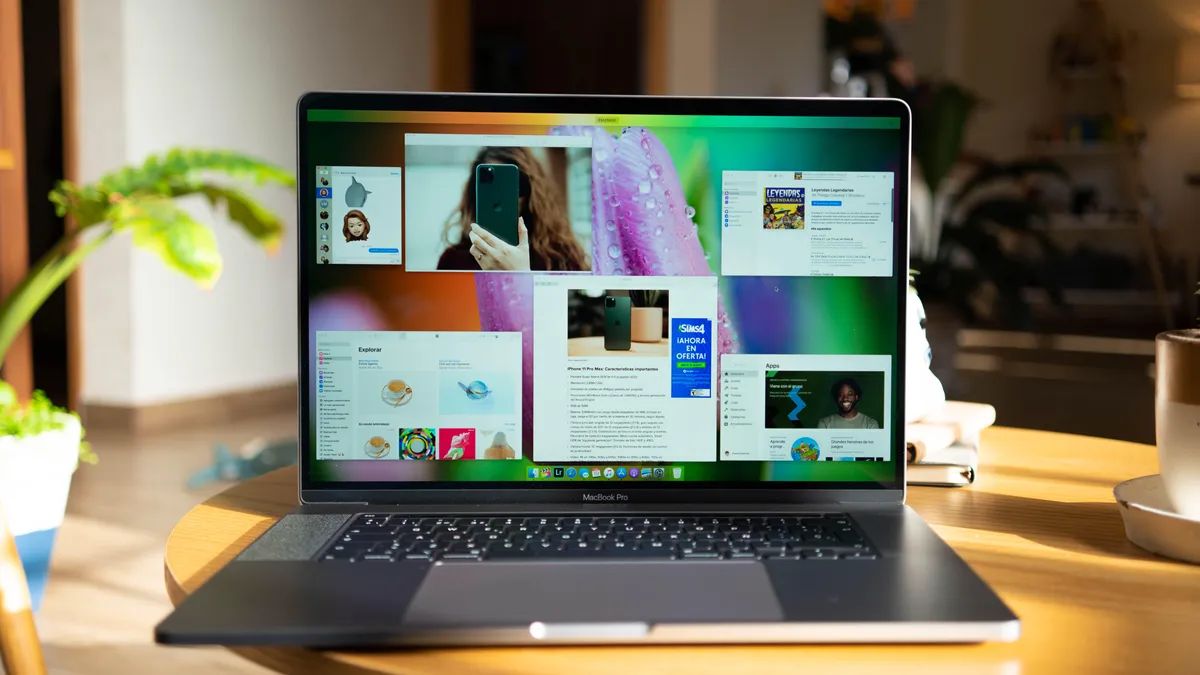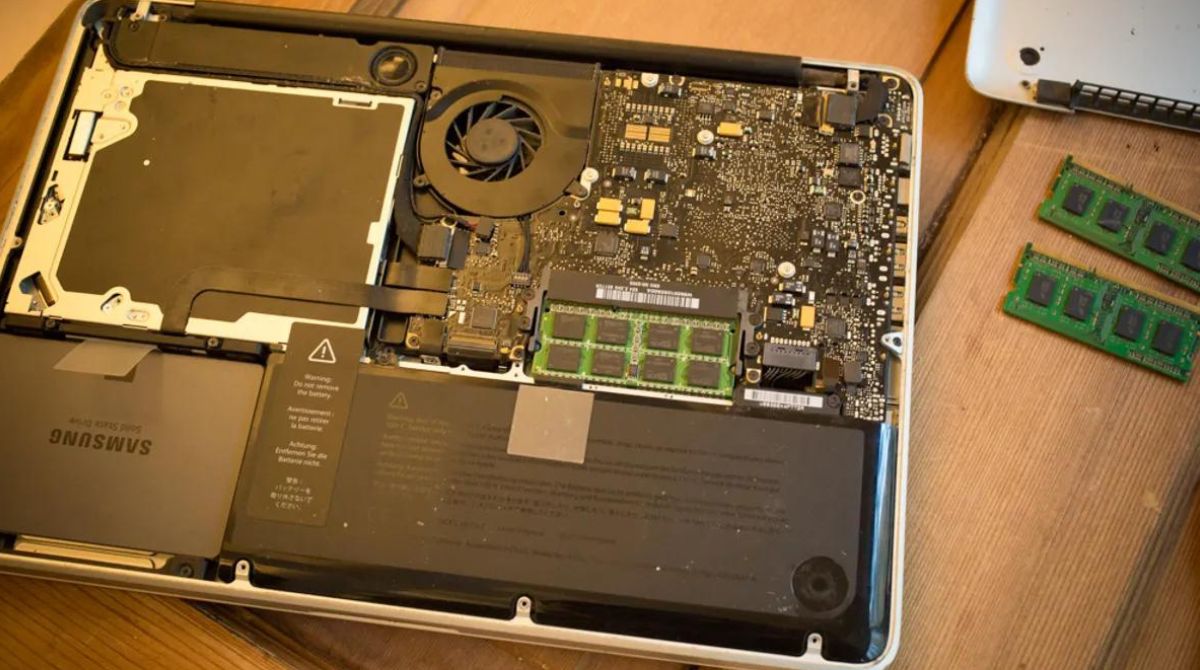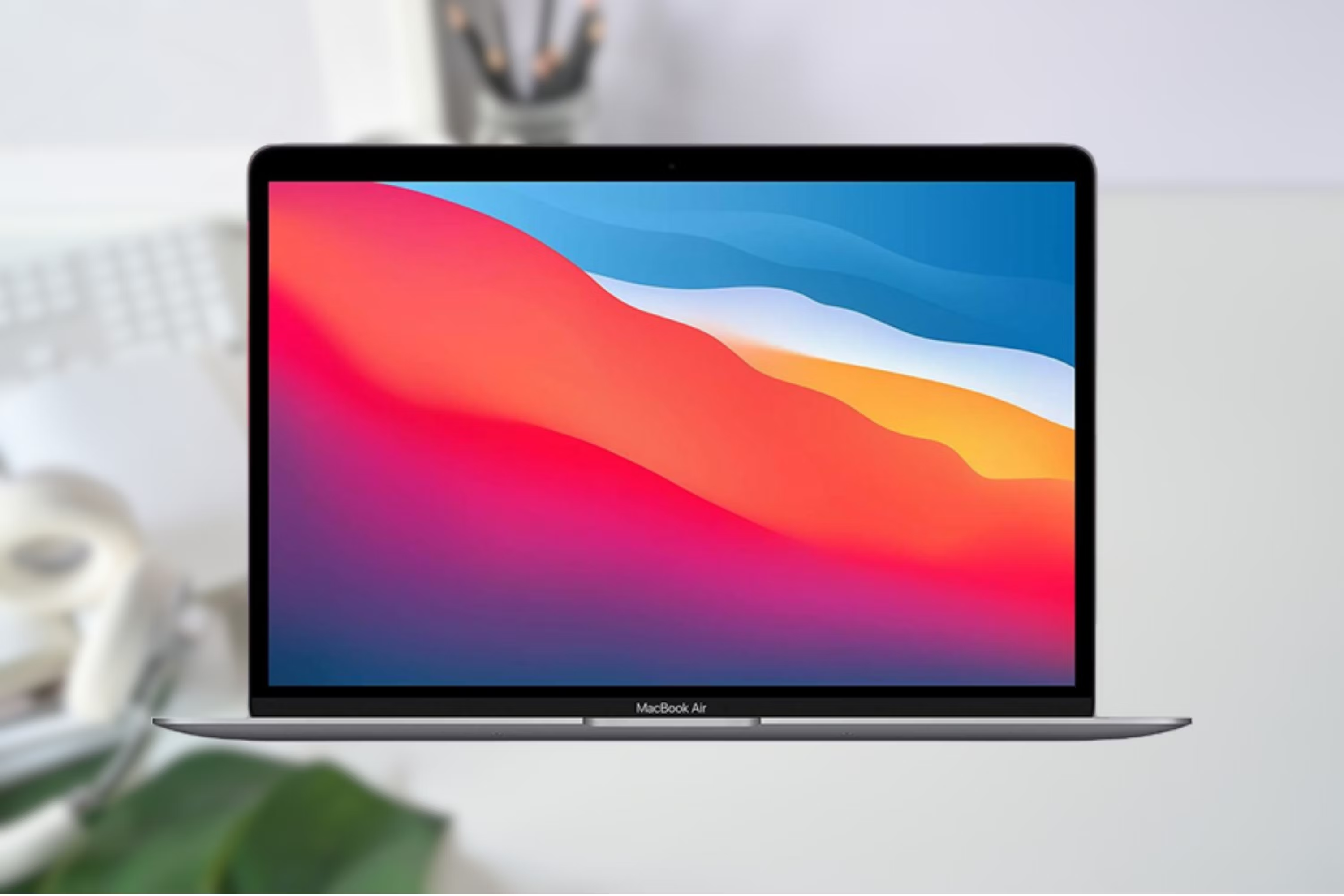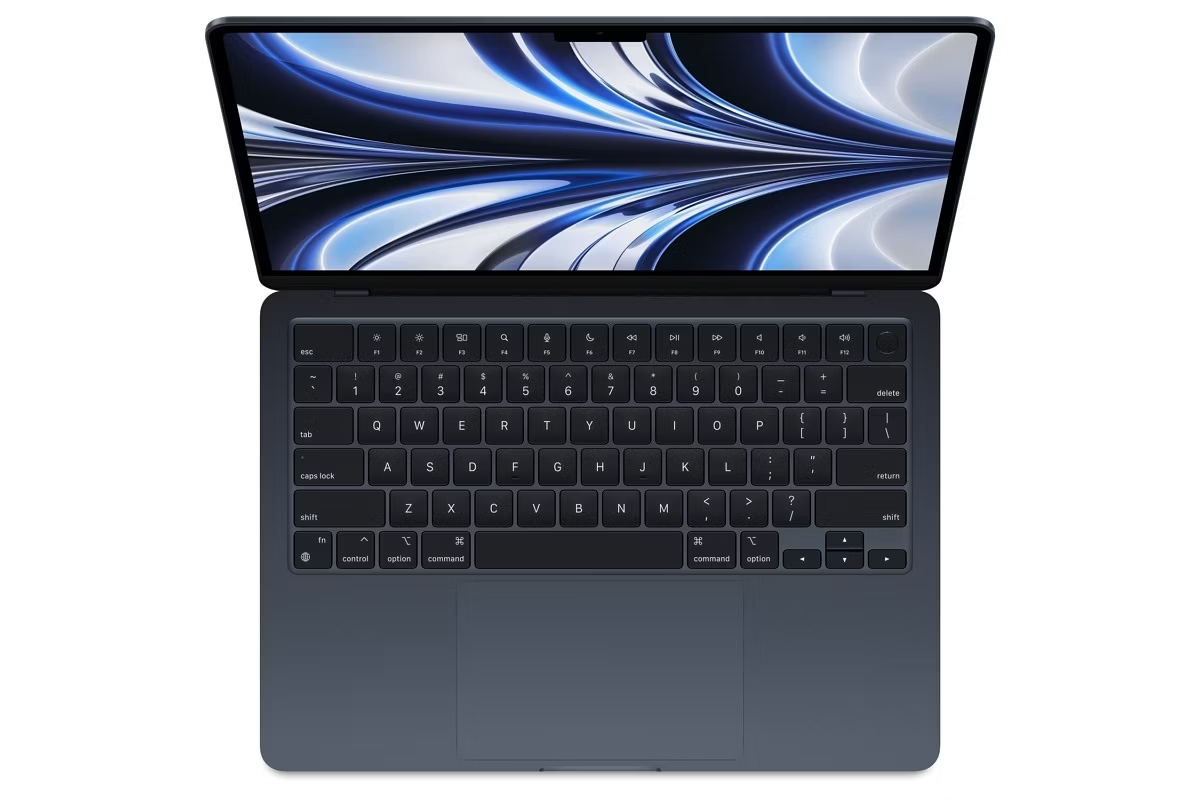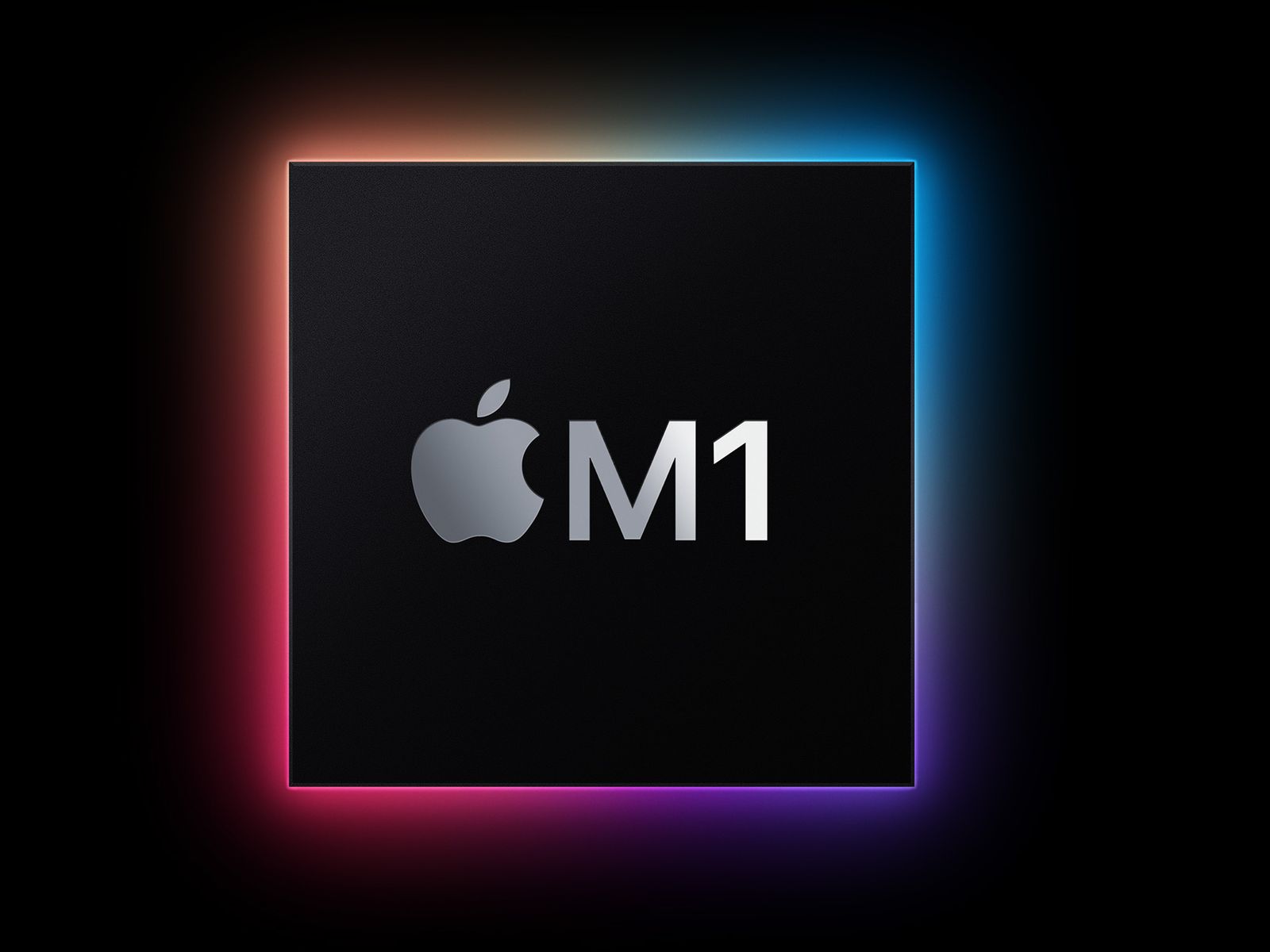Why You Should Clear Cache on Your MacBook Pro
Cache is a temporary data storage system that enables your MacBook Pro to retrieve previously accessed information quickly. While cache can improve performance and save time, it can also accumulate over time and start causing various issues. This is why it’s essential to regularly clear cache on your MacBook Pro. In this article, we’ll explore the reasons why you should clear cache and how to do it effectively.
Improved Performance: One of the primary reasons to clear cache on your MacBook Pro is to enhance its overall performance. As cache accumulates, it can start taking up a significant amount of storage space and memory. This can lead to slower startup times, lagging applications, and overall sluggishness. By clearing cache, you free up valuable resources and allow your MacBook Pro to run more efficiently.
Faster Browsing Experience: Clearing browser cache is particularly important for a faster and smoother browsing experience. When you visit a website, your browser stores various elements such as images, scripts, and stylesheets in cache memory. While this helps load the page faster when you revisit it, it can also lead to outdated or incorrect content being displayed. By clearing your browser cache, you ensure that you’re always getting the latest and most accurate version of websites.
Resolve Glitches and Compatibility Issues: Another benefit of clearing cache is resolving glitches and compatibility issues. Over time, cached data can become corrupted or outdated, leading to errors, crashes, or malfunctioning applications. By clearing cache, you eliminate potential conflicts and ensure that your MacBook Pro operates smoothly.
Protect Your Privacy: Cache files can contain sensitive information such as login credentials, browsing history, and website data. If you share your MacBook Pro with others or want to safeguard your privacy, clearing cache regularly is essential. This helps prevent unauthorized access to your personal information and ensures that no traces of your internet activities are left behind.
Prevent Storage Overload: As cache accumulates on your MacBook Pro, it can take up a significant amount of storage space. This becomes problematic, especially if you have limited storage capacity. By regularly clearing cache, you free up valuable storage space that can be used for more important files.
Overall, clearing cache on your MacBook Pro is crucial for maintaining optimal performance, resolving compatibility issues, protecting your privacy, and freeing up storage space. In the following sections, we’ll explore different methods to clear cache manually as well as through third-party applications to help you choose the most suitable option for your needs.
What is Cache and Why Does it Accumulate on Your MacBook Pro?
Cache is a storage mechanism used by your MacBook Pro to store temporary data from various applications and processes. This data includes images, web pages, scripts, and other elements that are frequently accessed or downloaded. The purpose of cache is to speed up the retrieval of this information, allowing your MacBook Pro to load files and webpages quickly.
Cache accumulates on your MacBook Pro as you use different applications and browse the internet. Every time you visit a website or use an application, temporary files are stored in the cache. These files are stored locally on your MacBook Pro, allowing it to access them faster the next time you need them. While cache serves its purpose, it can also become bloated over time, leading to issues such as slower performance and compatibility problems.
There are a few reasons why cache accumulates on your MacBook Pro:
1. Frequent Internet Browsing: When you visit websites, your browser stores various elements such as images, stylesheets, and scripts in cache. This helps load the web pages faster when you revisit them. However, if you frequently browse the internet, cache can accumulate quickly, taking up valuable storage space.
2. Application Usage: Using different applications on your MacBook Pro also contributes to cache accumulation. Applications generate temporary files and store them in cache for faster access. These files can include thumbnails, cookies, and other data specific to the application. Over time, this can lead to a significant amount of cache that slows down your MacBook Pro.
3. System Processes: System processes and background tasks also generate temporary files that are stored in cache. These files can include system logs, temporary downloads, and updates. If these files are not cleared regularly, they can build up and impact your MacBook Pro’s performance.
It’s important to note that cache accumulation is a normal process and not inherently harmful. However, when cache becomes excessive, it can lead to performance issues, compatibility problems, and even privacy concerns. This is why it’s essential to clear cache on your MacBook Pro regularly.
In the next sections, we will explore manual methods as well as third-party applications that can help you efficiently clear cache on your MacBook Pro, ensuring optimal performance and a smooth user experience.
Manual Method to Clear Cache on Your MacBook Pro
Clearing cache manually on your MacBook Pro is a straightforward process that can help improve performance and resolve various issues. Here are the steps to clear cache using built-in tools and settings:
1. Clear Browser Cache: To clear the cache in your web browser (such as Safari or Chrome), open the browser’s settings or preferences. Look for the option to clear browsing data or clear cache. Select the appropriate checkboxes to clear the cached files, cookies, and other browsing data. Proceed with the clearing process, and restart your browser.
2. Clear System Cache: Your MacBook Pro also accumulates system cache that can impact performance. To clear the system cache, restart your MacBook Pro while holding down the Shift key. This starts your MacBook Pro in Safe Mode. Once in Safe Mode, restart your MacBook Pro normally. This clears the cached system files and can help resolve compatibility issues.
3. Clear Application Cache: Some applications, especially web browsers, allow you to clear their specific cache. Open the preferences or settings of the application and look for options related to cache or browsing data. Select the appropriate settings to clear the cache and restart the application.
4. Clear Font Cache: Clearing the font cache can help resolve font-related issues and improve performance. To do this, open the Finder and navigate to “Go” in the menu bar. Press and hold the Option key to reveal the “Library” option. Select “Library” and navigate to the “Caches” folder. Look for the folder named “com.apple.ATS” and move it to the trash. Restart your MacBook Pro to rebuild the font cache.
5. Clear User Cache: Each user on your MacBook Pro has their own cache files. To clear the cache for a specific user, open the Finder and navigate to the user’s “Library” folder. Go to the “Caches” folder and delete the cache files or folders associated with the user. Restart the MacBook Pro to ensure that the cache is completely cleared.
By performing these manual methods, you can effectively clear cache on your MacBook Pro and improve its performance. However, it’s important to note that manually clearing cache can be time-consuming and may not remove all cache files. To ensure a more comprehensive clearing process, you can also consider using third-party applications designed specifically for cache cleaning. We will explore these options in the next section.
Using Third-Party Applications to Clear Cache on Your MacBook Pro
While manually clearing cache on your MacBook Pro can be effective, it can also be time-consuming and may not remove all cache files. To streamline the process and ensure a more thorough clearing, you can utilize third-party applications specifically designed for cache cleaning. Here are some popular options to consider:
1. CleanMyMac X: CleanMyMac X is a comprehensive utility tool that offers a range of features, including cache clearing. It scans your MacBook Pro for various types of cache files and provides an easy-to-use interface to clean them. You can select the cache categories you want to remove and initiate the cleanup process with just a few clicks. CleanMyMac X also offers additional optimization features to boost performance.
2. CCleaner: CCleaner is a popular application known for its ability to clean junk files and optimize system performance. It includes a cache cleaning feature that can efficiently clear cache files from various applications and browsers. CCleaner offers a user-friendly interface, allowing you to select specific cache categories or perform a complete cache cleanup with one click.
3. AppCleaner: AppCleaner is primarily designed to uninstall applications completely, but it also includes a cache cleaning feature. Aside from clearing cache files, it can identify associated files and folders that are no longer needed and remove them along with the application. AppCleaner provides a simple drag-and-drop interface, making it easy to remove both cache and unused applications.
4. Onyx: Onyx is a powerful maintenance and optimization tool for macOS. It offers a wide range of features for system customization and troubleshooting, including cache cleaning. Onyx allows you to clear cache and perform other advanced maintenance tasks to optimize the performance of your MacBook Pro. It’s important to note that Onyx is more advanced and may be better suited for experienced users.
These are just a few examples of third-party applications that can help you clear cache on your MacBook Pro. Before using any third-party tool, ensure that it is from a reputable source and compatible with your macOS version. Additionally, be cautious when selecting the cache categories to remove, as some cache files may be required for specific applications to function properly.
Using third-party applications can simplify the cache clearing process and ensure a thorough cleanup of cache files from your MacBook Pro. However, it’s important to use them wisely and to regularly update and maintain your chosen application to ensure optimal performance and security.
Common Issues When Clearing Cache on MacBook Pro and How to Resolve Them
Clearing cache on your MacBook Pro can significantly improve performance and resolve various issues. However, there are some common problems that you may encounter when clearing cache. Here are a few issues you might face and how to resolve them:
1. Temporary Slowdown: When you clear cache, your MacBook Pro may experience a temporary slowdown as it rebuilds the cache for frequently accessed files and applications. This is normal and should resolve itself once the cache is rebuilt. Give it some time, and your MacBook Pro should return to its normal speed.
2. Application Settings Reset: In some cases, clearing cache can lead to the reset of certain application settings. This occurs because cache files may store some application preferences or temporary data. To resolve this issue, simply reconfigure the settings within the affected applications based on your preferences.
3. Missing Login Credentials: Clearing cache can remove stored login credentials for websites and applications. This might require you to re-enter your credentials the next time you use those services. Ensure you have access to your usernames, passwords, or any other necessary login information when clearing cache to avoid inconvenience.
4. Website Compatibility Issues: Clearing browser cache can sometimes cause compatibility issues with certain websites. If you encounter problems accessing a website after clearing cache, try clearing only the cache specific to that website or wait for the cache to rebuild. If the issue persists, you can consider contacting the website’s support or using a different browser.
5. Missing Downloads: Clearing cache on your MacBook Pro may remove temporary download files stored within cache. If you have any important downloads that you haven’t saved elsewhere, make sure to move them to a different location before clearing cache to avoid losing them.
6. Rebuilding Cache Takes Longer: After clearing cache, your MacBook Pro may take some time to rebuild the cache, especially if you have a large amount of data or if you clear cache for the first time. Be patient and allow your MacBook Pro sufficient time to complete the cache rebuilding process.
If you encounter any of these issues when clearing cache on your MacBook Pro, don’t panic. Usually, these problems can be easily resolved by following the steps mentioned above. Clearing cache regularly and monitoring your MacBook Pro’s performance can help prevent any potential issues and ensure optimal performance.
Conclusion
Clearing cache on your MacBook Pro is an important maintenance task that can significantly enhance performance and resolve various issues. By removing accumulated cache files, you free up valuable storage space, improve browsing speed, and prevent compatibility problems. Whether you choose to clear cache manually or use third-party applications, it’s crucial to make cache clearing a regular part of your MacBook Pro’s maintenance routine.
The manual method allows you to clear cache using built-in tools and settings, such as clearing browser cache, system cache, application cache, font cache, and user cache. While this method is effective, it can be time-consuming and may not remove all cache files. Third-party applications, such as CleanMyMac X, CCleaner, AppCleaner, and Onyx, offer a more streamlined and comprehensive approach to clearing cache, saving you time and effort.
However, it’s important to note that manually clearing cache and using third-party applications may have some associated risks. Temporary performance slowdown, application settings reset, missing login credentials, website compatibility issues, and rebuilding cache time are some common issues that you may encounter. However, by following the provided guidance, such issues can be resolved easily.
Regularly clearing cache on your MacBook Pro will help maintain optimal performance, protect your privacy, prevent storage overload, and ensure a smooth user experience. Be mindful of the cache clearing process and its impact on different applications and settings. By keeping your MacBook Pro’s cache clean, you can enjoy a faster, more efficient, and trouble-free computing experience.
Remember, it’s essential to back up any important files or data before clearing cache, especially when using third-party applications. Consider creating regular backups to ensure that you don’t lose any crucial data during the cache clearing process. With proper cache maintenance, your MacBook Pro will continue to perform at its best, allowing you to make the most out of your device for years to come.







